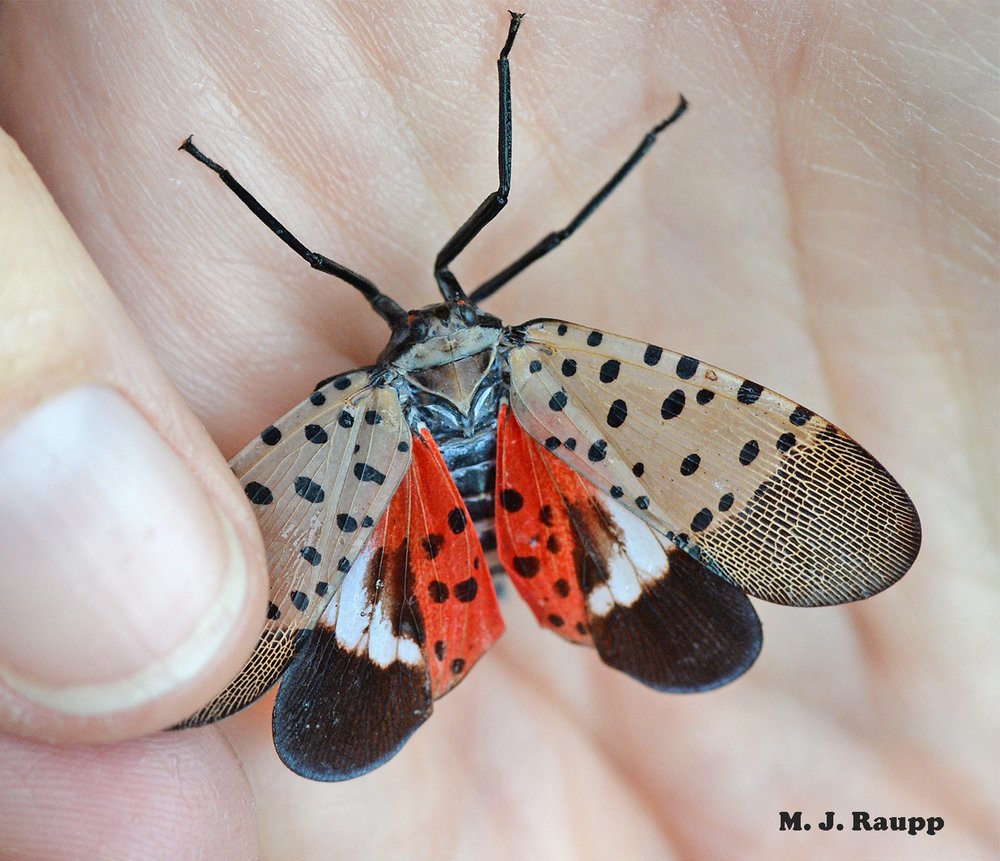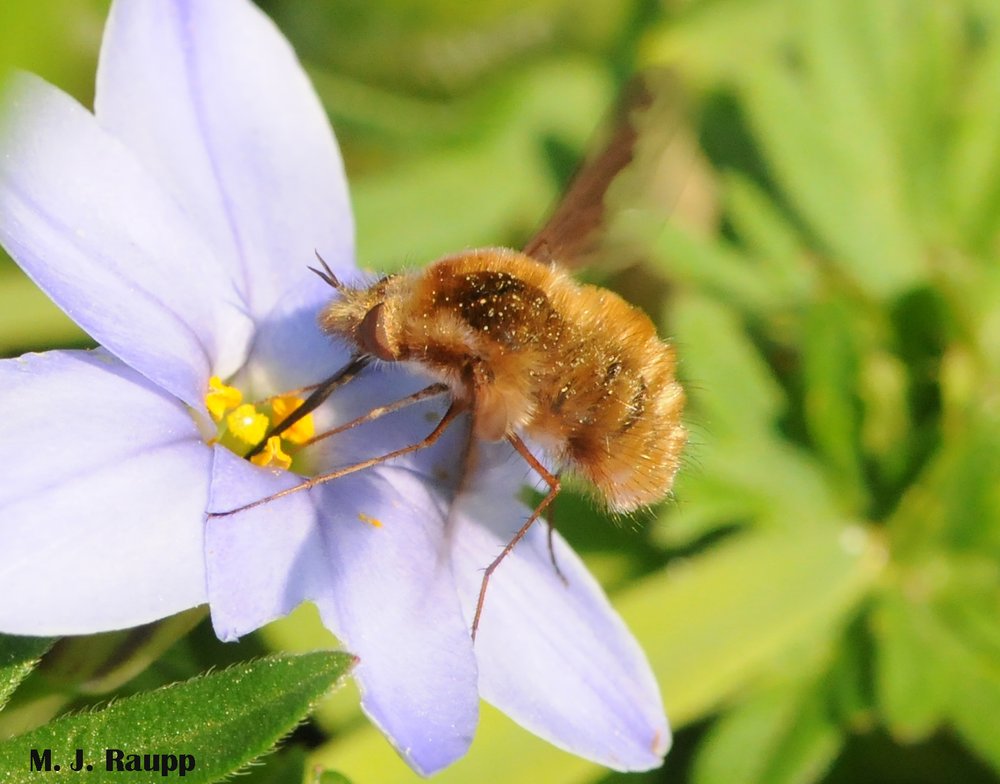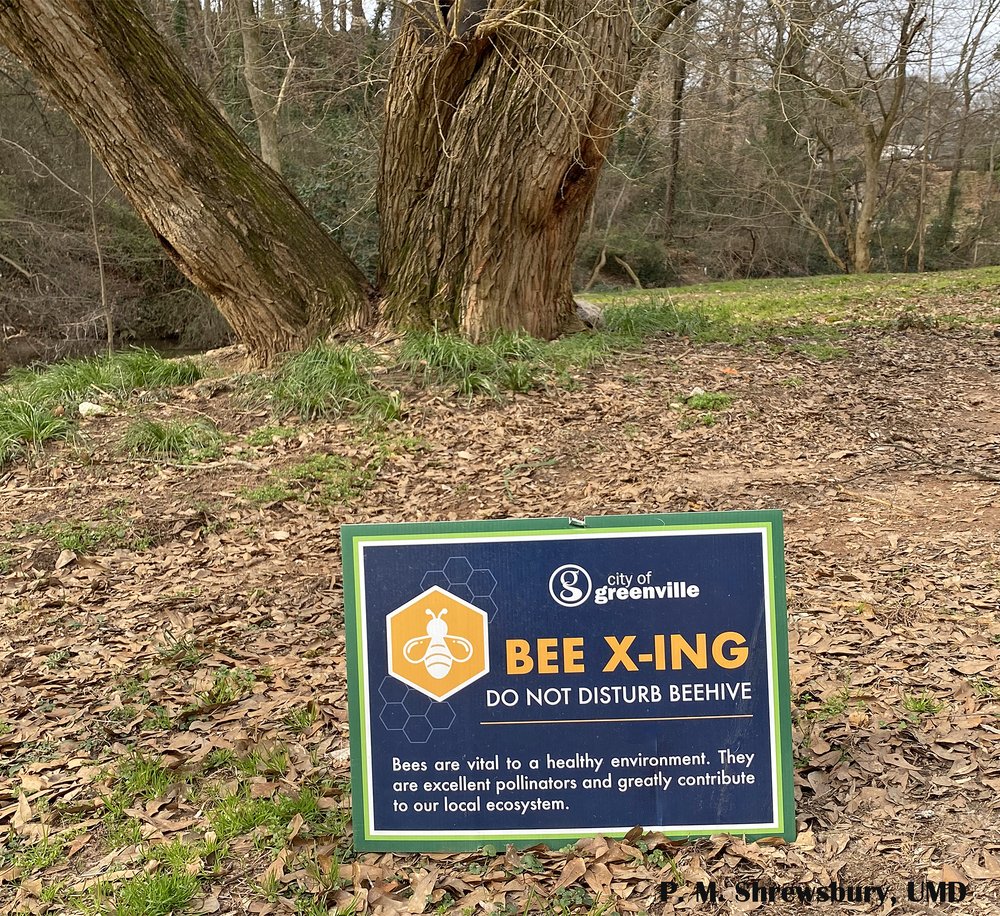Come one, come all to explore the Insect Petting Zoo: Maryland Day, Saturday April 29, 2023

Children of all ages will have a great time at the Maryland Day Insect Petting Zoo.
One of the joys of spring is observing the antics of insects and their relatives as they resume their activities outdoors. To celebrate this annual renaissance, the Department of Entomology hosts an award-winning Insect Petting Zoo as part of the Maryland Day Gala at the College Park Campus of the University of Maryland on Saturday, April 29, from 10 am to 3 pm. The Insect Petting Zoo is in the Plant Sciences Building on the ground floor directly across from the Regents Drive parking garage.

The lovely lubber sports multiple defense techniques.
This year’s petting zoo will feature an incomparable ensemble of friendly, ferocious, and creepy crawly creatures. A visit to the petting zoo is sure to delight insect aficionados of all ages. This year’s extravaganza features bugs from around your home and around the world. Giant Lubber locusts straight from the Everglades of Florida will reveal their favorite delicacies and how they defend themselves from being eaten. Vietnamese and Australian walking sticks are true masters of disguise and giant Madagascar hissing cockroaches will blow your mind with their size and agility. Watch out for the Whip Scorpion that has a clever trick up its sleeve, or should we say its tail, to thwart attacks by enemies. If you are lucky, you might catch a glimpse of a Black widow spider with a bright red hourglass tattooed on her abdomen, a ferocious Green Tiger beetle hungry for fresh meat, or a Carpenter bee buzzing about its cage. The arts of trickery, mimicry, thanatosis, and other feats of deception and disguise will be revealed by Blue Death Feigning beetles, the European sowbug (roly poly), Darkling beetles (armored stink beetle), and the remarkable, petite African ghost mantis.
Come to the Insect Petting Zoo at Maryland Day, Saturday April 29 at the University of Maryland, College Park. Travel around the world to meet rocking Vietnamese walking sticks and giant Australian walking sticks pretending to be dead leaves. Amazing Malaysian leaf insects will try to fool you and watch out for the whip scorpion and its smelly surprise. Hold a giant tarantula if you dare and look at, but don’t touch, the black widow spider. Meet the deadliest creature on our planet, blood-thirsty mosquitoes, and pet a friendly, furry Eastern tent caterpillar. Fast moving green tiger beetles will prowl their cage while blue death feigning beetles will be stuck in second gear. Learn why carpenter bees make holes in your deck and why iconic honey bees and their kin are imperiled in our rapidly changing world.

The Spotted lanternfly is a beautiful insect, but a devastating plant pest.
The Insect Zoo is not just a treat for the eyes. Children of all ages will have the chance to hold and touch (with parental permission of course) a multi-legged millipede from the desert or a hairy Eastern tent caterpillar from a cherry tree. The very brave may even have a chance to hold a giant tarantula. If touching isn’t your thing, then you can listen to the buzzing of a bee or the hissing of a cockroach from Madagascar. Meet face to face the number one killer of humans on the planet – dreaded bloodthirsty mosquitoes. Curious smells are on the menu as well. Learn what unwelcome house guest has the aroma of cilantro and discover an arachnid with the pungent odor of vinegar. If you are feeling social, investigate the wonders of perhaps our most important social insect, the honey bee. Stop by the invasive species corner and meet dastardly Emerald Ash Borers, the nefarious home invader Brown Marmorated Stink Bug, and the newcomer in our region, Spotted Lanternfly.
Children can collect insect stickers and the first 600 visitors may take home a Terrapin Lady Beetle to release in their garden to put a beat-down on insect pests lurking there.
Don’t miss The Swamp – If you enjoy the life aquatic, be sure to stop by The Swamp across the hall and learn how dragonflies capture their prey and how diving beetles extract oxygen from water.
So, come one, come all to explore Maryland Day and the Insect Petting Zoo!
To learn more about Maryland Day and the location of the Insect Petting Zoo, please click on the following links:
Maryland Day: https://marylandday.umd.edu/
Insect Petting Zoo and Discover a Swamp, 10am-3pm: https://marylandday.umd.edu/events?neighborhood=ag-day
Acknowledgements
Bug of the Week thanks Dr. Paula Shrewsbury for organizing the Insect Petting Zoo and Dr. Bill Lamp for organizing The Swamp at Maryland Day. Special thanks to Todd Waters and Chris Sargent for making our arthropods the happiest six and eight- legged creatures on the planet.
This post appeared first on Bug of the Week







